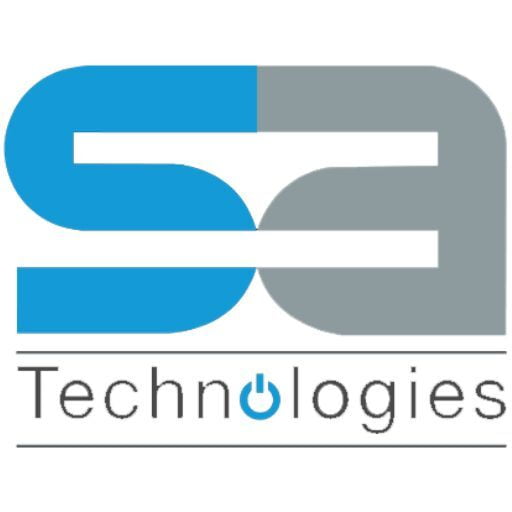Use Cases:
1. Recruitment Automation
Client Scenario: A client faced significant challenges with their recruitment process. The process was lengthy and inefficient, often leading to delays in hiring suitable candidates. The manual nature of initial application screening, interview scheduling, and follow-up communications consumed a considerable amount of time and resources. This inefficiency not only slowed down the hiring process but also put a strain on the HR team, preventing them from focusing on strategic initiatives.
Solution: To address these challenges, the client implemented Microsoft Power Automate to streamline and automate various stages of the recruitment process. Here's how Power Automate helped:
- Automated Application Screening: Power Automate was used to automatically screen incoming applications against predefined criteria. This eliminated the need for manual review of each application, significantly speeding up the initial screening phase.
- Interview Scheduling: The solution included automated scheduling of interviews, where Power Automate coordinated between candidates and interviewers to find suitable time slots. This removed the back-and-forth communication typically required to arrange interviews.
- Follow-up Communications: Follow-up emails and notifications were automated, ensuring timely communication with candidates regarding their application status, interview details, and further steps in the recruitment process.
Outcome: By automating these key aspects of recruitment, the client achieved remarkable improvements:
- Reduced Recruitment Cycle Time: The overall time taken to complete the recruitment process was reduced by 50%. This faster turnaround allowed the client to fill positions more quickly and efficiently.
- Enhanced HR Focus: With the automation of repetitive tasks, HR teams were able to redirect their efforts towards higher-value activities such as strategic planning, talent development, and employee engagement.
- Improved Candidate Experience: Automation ensured consistent and timely communication with candidates, enhancing their overall experience and perception of the company.
2. Onboarding New Employees
Client Scenario: Another client recognized the need to revamp their onboarding process to improve the new hire experience. The existing onboarding procedure was fragmented and involved multiple manual steps, including paperwork completion, training material distribution, and mentoring assignments. This disjointed approach led to delays, decreased new hire productivity, and a subpar onboarding experience.
Solution: The client turned to Microsoft Power Apps to create a comprehensive and streamlined onboarding portal. The solution included several key features designed to enhance the onboarding process:
- Centralized Onboarding Portal: Power Apps was used to develop a centralized portal where new hires could access all necessary onboarding resources in one place. This portal included training materials, company policies, and procedural guides.
- Automated Paperwork Completion: The onboarding portal automated the completion and submission of necessary paperwork, reducing the administrative burden on both new hires and HR staff.
- Mentorship Connections: New hires were automatically connected with assigned mentors through the portal, facilitating early engagement and support. This feature ensured that new employees had a go-to person for any questions or concerns during their initial days.
Outcome: The implementation of Power Apps in the onboarding process led to significant improvements:
- Increased New Hire Productivity: The streamlined onboarding process helped new hires become productive 30% faster. Access to all necessary resources and support from mentors allowed them to hit the ground running.
- Enhanced Onboarding Experience: Overall satisfaction with the onboarding process improved markedly. New hires appreciated the structured and supportive environment, leading to better initial impressions and long-term retention.
- Administrative Efficiency: Automating paperwork and consolidating resources in a single portal reduced the workload for HR staff, allowing them to focus on more strategic HR functions and support new hires more effectively.
Conclusion
The use of Microsoft Power Platform, through tools like Power Automate and Power Apps, provides robust solutions to streamline and enhance critical HR processes such as recruitment and onboarding. These use cases demonstrate how automation can lead to significant improvements in efficiency, productivity, and employee satisfaction, ultimately driving better business outcomes. By embracing these technologies, organizations can transform their HR operations and create a more effective and engaging work environment.
